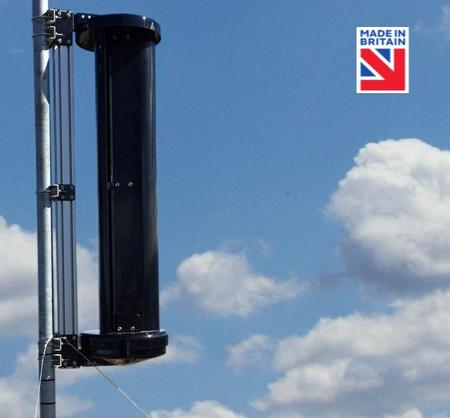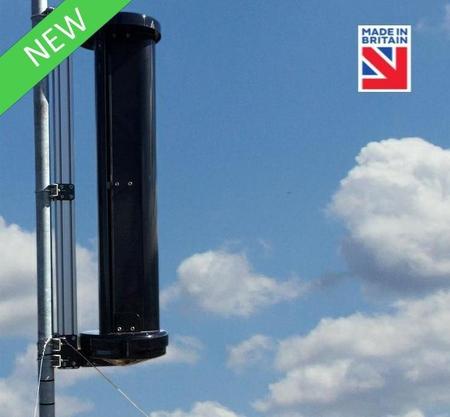Blog
How to Choose the Right Wind Turbine Generator for Your Renewable Energy Needs
The demand for renewable energy sources has surged in recent years, driven by a global push for sustainable development and energy independence. Among these sources, Wind Turbine Generators (WTGs) have gained significant traction due to their ability to convert wind energy into electricity efficiently.
According to the Global Wind Energy Council, the total installed wind power capacity reached 743 GW in 2020, highlighting a 53% increase in capacity over five years.
Selecting the right Wind Turbine Generator for specific needs is crucial, as factors such as site conditions, energy requirements, and technological advancements play a critical role in ensuring optimal performance.
Understanding these elements not only maximizes energy output but also enhances the cost-effectiveness of the investment in renewable energy systems. With wind energy projected to provide up to 35% of global electricity demand by 2050, the importance of choosing the right WTG cannot be overstated.
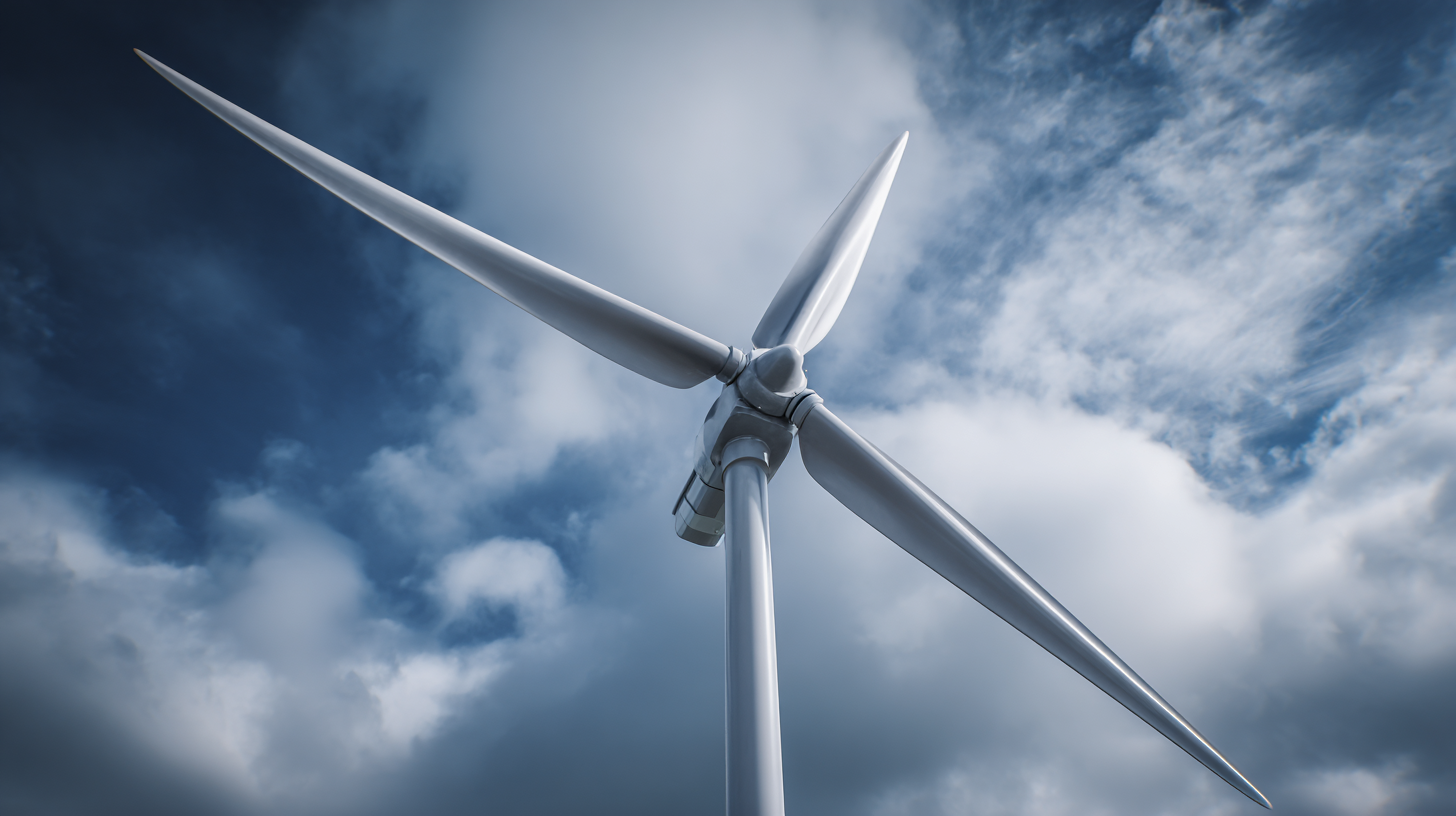
Evaluating Your Energy Requirements: Key Factors to Consider
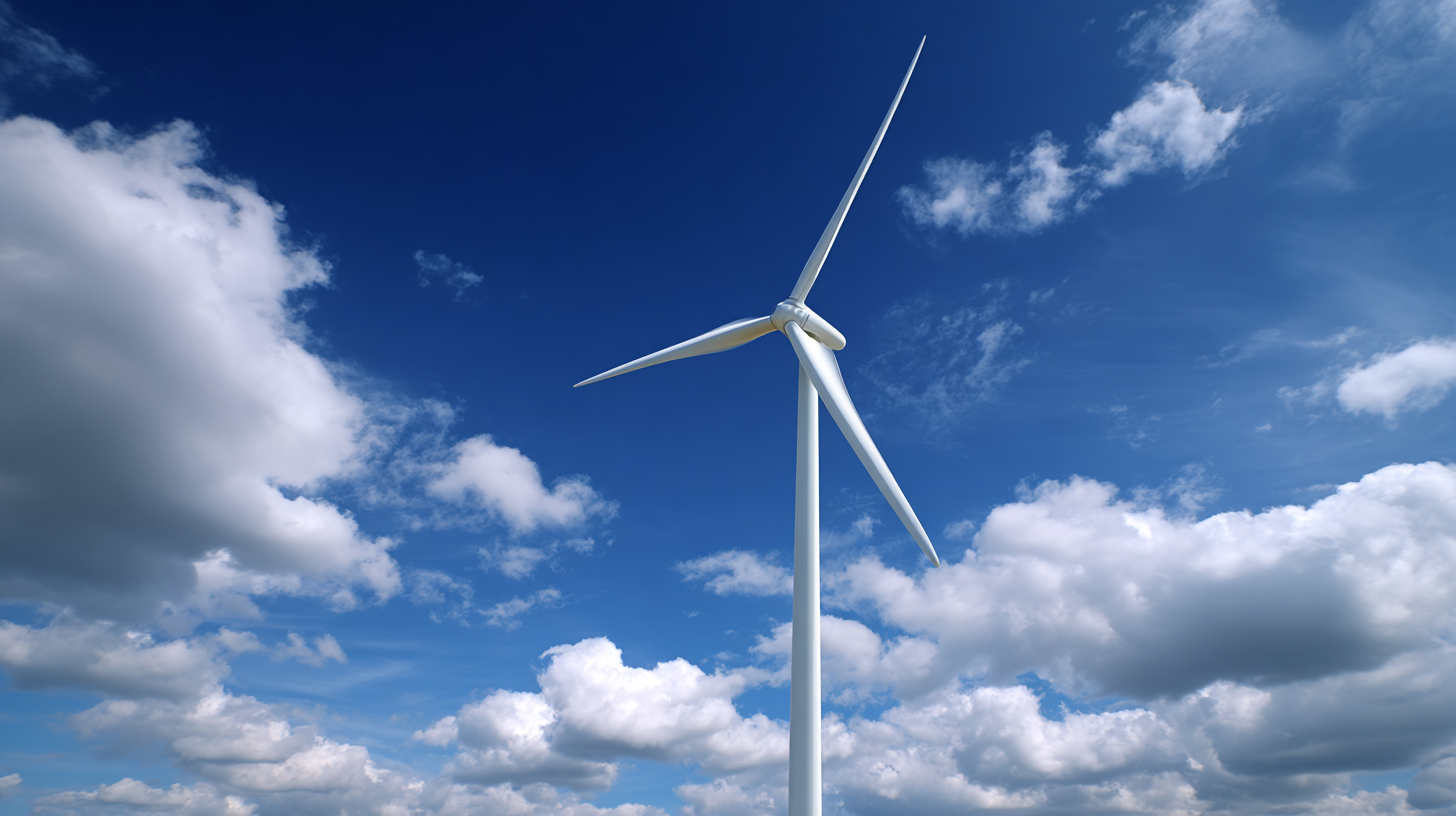 When selecting a wind turbine generator for your renewable energy needs, evaluating your energy requirements is crucial. Start by assessing your average energy consumption, which typically involves analyzing past utility bills to determine how much electricity you use on a monthly or annual basis. This data will help you gauge the size and capacity of the wind turbine needed to meet your energy goals.
Consider seasonal variations in energy use, as they can influence the amount of power your turbine must generate at different times of the year.
When selecting a wind turbine generator for your renewable energy needs, evaluating your energy requirements is crucial. Start by assessing your average energy consumption, which typically involves analyzing past utility bills to determine how much electricity you use on a monthly or annual basis. This data will help you gauge the size and capacity of the wind turbine needed to meet your energy goals.
Consider seasonal variations in energy use, as they can influence the amount of power your turbine must generate at different times of the year.
Another key factor to consider is your location's wind resource. Utilize local wind maps and data to understand the average wind speeds in your area. This information will guide you in choosing a turbine that is efficient for the prevailing wind conditions. Additionally, consider the height of the turbine tower, as placing the turbine at higher elevations can harness stronger winds and boost overall energy production. By carefully evaluating these aspects, you can make an informed decision, ensuring that the wind turbine generator you choose aligns with both your energy needs and environmental goals.
Understanding Different Types of Wind Turbine Generators
When selecting a wind turbine generator, it’s essential to understand the different types available, as they cater to various energy requirements and environmental conditions. The most common types are horizontal-axis wind turbines (HAWT) and vertical-axis wind turbines (VAWT). HAWTs, often used in large wind farms, can achieve higher efficiencies—around 45% to 50%—according to the U.S. Department of Energy. These turbines are known for their significant energy output and are designed to handle larger wind speeds, making them suitable for open areas.
On the other hand, VAWTs are more versatile and can operate in turbulent wind conditions. This type of turbine is advantageous in urban settings, as they occupy less space and can be installed closer to ground level. Data from the Wind Energy Technologies Office indicates that VAWTs have gained popularity due to their lower maintenance needs and ability to generate energy from wind coming from any direction, albeit with a lower efficiency range of around 30% to 35%. Understanding these differences helps consumers and businesses make informed decisions that align with their renewable energy goals and site-specific conditions.
Wind Turbine Generator Types and Their Average Efficiency
Assessing the Site Location for Optimal Wind Resource
When selecting a wind turbine generator, the site location plays a critical role in optimizing wind energy production. Before investing in a turbine, it is essential to conduct a comprehensive assessment of the area. Factors such as average wind speeds, terrain features, and potential obstructions must be evaluated. Utilizing wind resource assessment tools, like anemometers and wind maps, can provide valuable data on wind patterns over time.
Moreover, the elevation and landscape characteristics significantly impact wind flow. Elevated sites or those free from tall structures or vegetation can enhance wind collection efficiency. A thorough evaluation may also involve analyzing local weather patterns and seasonal variations, ensuring that the chosen site can consistently harness the wind energy needed to meet renewable energy goals. Careful consideration of these elements will ensure a successful investment in wind technology.
Determining Budgeting Strategies for Wind Turbine Installation
When considering the installation of a wind turbine generator, establishing a solid budgeting strategy is crucial for ensuring a successful project. According to the U.S. Department of Energy’s "2021 Offshore Wind Market Report", the average installed cost of onshore wind projects has been around $1,500 per installed kW over the last year. This figure can vary significantly based on location, project scale, and specific technology used. Therefore, a comprehensive budget should account for upfront costs, including the turbine itself, installation fees, maintenance, and permitting costs.
In addition, financing options play a vital role in shaping your budgeting strategy. Renewable Energy World reports that many developers are exploring power purchase agreements (PPAs) or utilizing federal tax incentives such as the Investment Tax Credit (ITC) as part of their funding strategy. For instance, the ITC allows for a tax credit of up to 26% of total installation costs, making wind energy projects more financially viable. It's essential to thoroughly evaluate tax benefits and local incentives to optimize your financing approach, ensuring that the chosen turbine aligns with your financial and renewable energy goals.
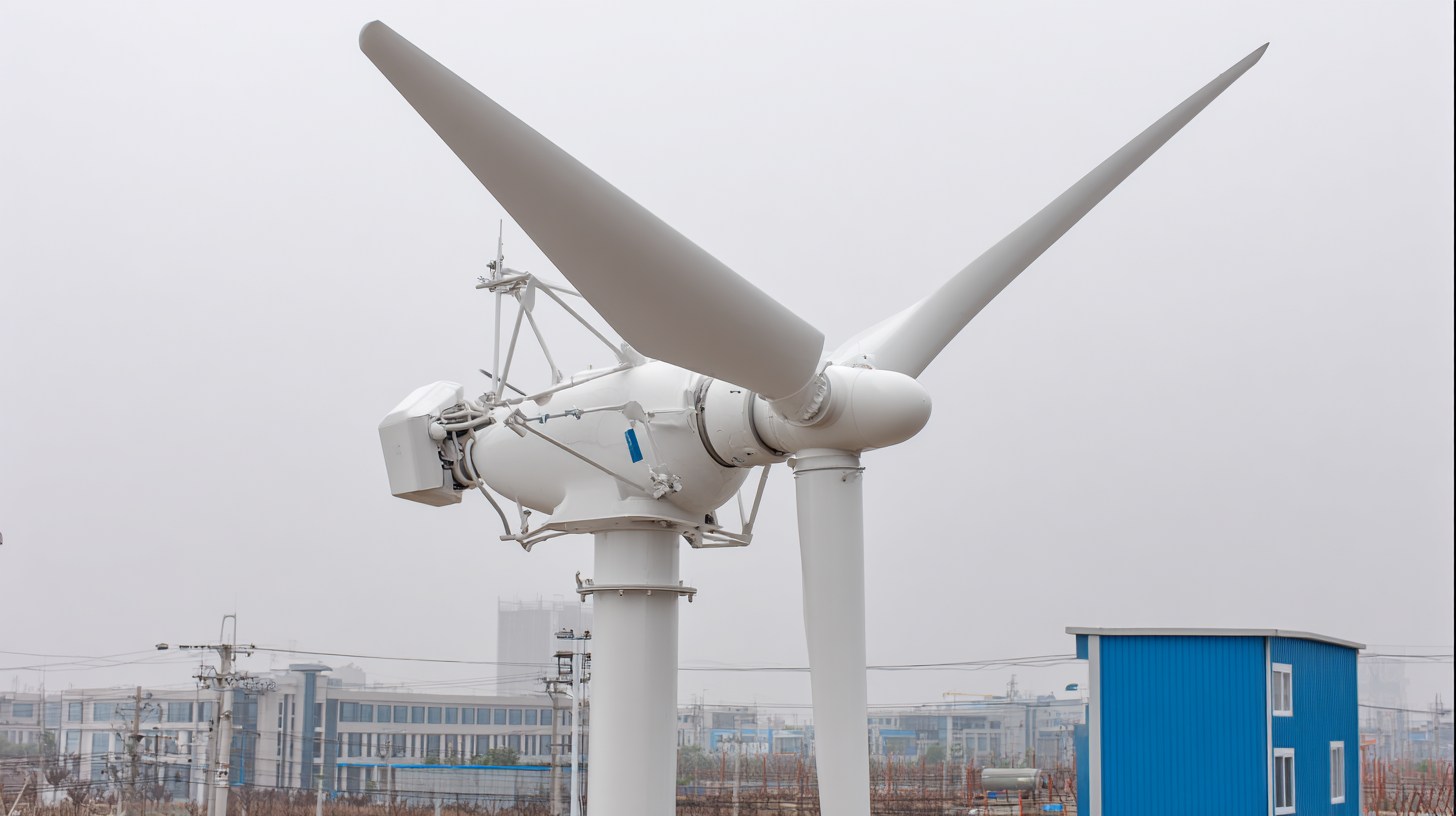
Maintenance and Longevity: Choosing the Right Model for Durability
When selecting a wind turbine generator, durability and maintenance are critical factors that can significantly influence long-term performance. According to a report by the National Renewable Energy Laboratory (NREL), well-maintained turbines can operate for upwards of 20 years, but models differ widely in terms of longevity and upkeep requirements. High-quality materials and robust designs can reduce the frequency and cost of maintenance. As noted in a 2022 market analysis by Wood Mackenzie, turbines manufactured with advanced composites and corrosion-resistant materials show a 30% longer lifespan compared to standard models.
Additionally, the choice of wind turbine should align with the specific environmental conditions it will face. The American Wind Energy Association (AWEA) emphasizes that wind turbines used in coastal areas may require more resilient components due to corrosive sea air, while those in harsher climates need enhanced structural designs to withstand extreme weather. By prioritizing models that are engineered for durability, users can minimize maintenance costs and ensure consistent energy production, ultimately maximizing their investment in renewable energy solutions.
Related Posts
-

Exploring Innovative Alternatives to Traditional Wind Turbines for Sustainable Energy
-

Global Wind Turbine Market Trends: A Comprehensive Analysis for 2025 and Beyond
-
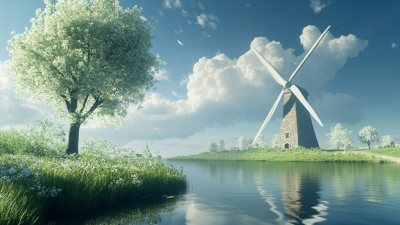
Comprehensive Insights on Choosing the Right Wind Mill Turbine for Your Needs
-
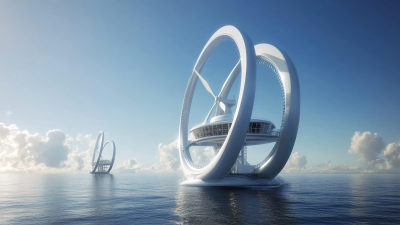
Innovative Applications of Wind Turbine Generators in Modern Energy Solutions
-
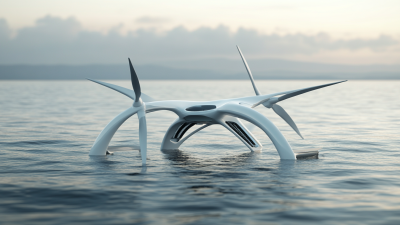
Comprehensive Technical Specifications of Wind Turbines with 2023 Insights on Efficiency Upgrades
-
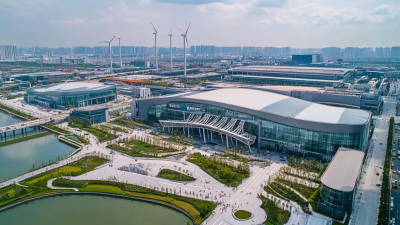
Top 10 Mini Wind Turbine Manufacturers from China at the 137th Canton Fair
Tell us about your project
Our Off-grid experts will come back with recommendations




